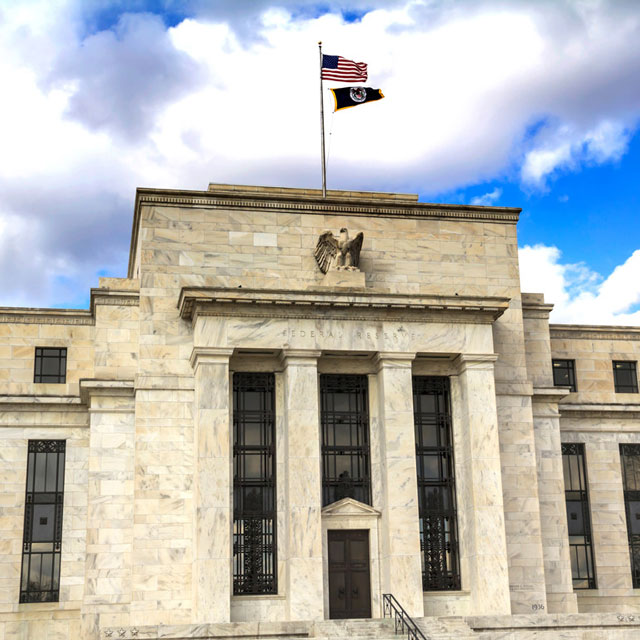
The Federal Reserve is stepping up its research on digital currencies amid growing demand for digital payments, Governor Lael Brainard said.
Brainard said three other topics — the growing role of digital private money, plans for using digital currency for cross-border payments by foreign central banks, and possible benefits for financial inclusion — have sharpened the Fed's focus on central bank digital currency.
Brainard, who is the governor in charge of financial stability at the Fed, has watched Bitcoin and other digital assets become investment vehicles over the past year, raising questions about how the Fed and regulators would approach the question of rival money.
She was critical of stablecoins and other assets not backed by regulatory oversight. Cryptocurrencies plunged in volatile trading last week as China announced it would crack down on mining due to financial risk and after Tesla Inc. said it would no longer accept payments in Bitcoin.
"New forms of private money may introduce counterparty risk into the payments system in new ways that could lead to consumer-protection threats or, at large scale, broader financial-stability risks," Brainard said Monday in a speech prepared for virtual delivery to a cryptocurrency conference. "The design of any CBDC should complement and not replace currency and bank accounts."
Fed Chair Jerome Powell said last week that the central bank would publish a research paper on central bank digital currency this summer and seek to engage a broad group of stakeholders. He said cryptocurrencies have not served as a convenient way to make payments because of their swings in value, and added that so-called stablecoins, whose values are tied to a reserve currency, are likely to attract more scrutiny from regulators.



